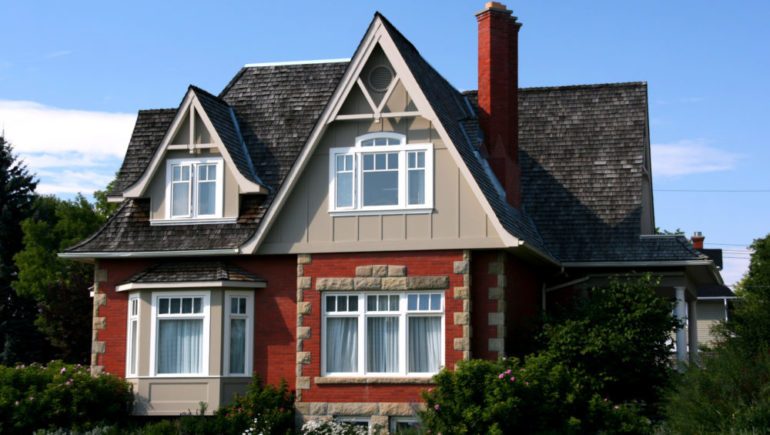New is nice, but in the case of a home purchase, buyers may be tempted by what an existing house has to offer. Take a look at the pros and cons of purchasing a “used” home.
Charm is priceless. Existing homes, especially those built in the 1950’s or before, often offer architectural elements, historic charm and a quality of craftsmanship not available in new homes.
Land lovers. Older homes, even those built as recently as the 70’s, frequently sit on large lots unheard of in the new construction market. Even tract homes of that era commonly sat on half-acre plots. Many existing homes also often come with mature hardwoods, established fruit trees and gorgeous flowering bushes, representing hundreds, if not thousands, of dollars in investment.
Location is key. If, over the years, the area around an older home has grown in popularity or is near important businesses, attractions, schools and shopping, the location will be considered highly desirable and will demand a higher price.
Renovations? Existing homes that have been well taken care of over the years are in large demand. Those that have been updated to modern standards, without destroying the charm of the home, are in even greater demand.
Inherited upgrades. From window blinds to butterfly gardens to playsets, many existing homes have been upgraded, saving new owners significant sums of money.
Inspections/disclosures. In many states, the seller must complete a disclosure form revealing known problems and the history of the home’s repairs. Buyers especially want to know the current condition of major components such as the heating and air system, roof, windows and foundation. Any history of water damage and infestation by wood-destroying insects is also crucial information.
Lead alert. Houses built in the 1970’s and before may have lead-based paint that has not been removed and replaced, and/or asbestos coating on ceilings and pipe insulation in the basement or attic. This is a costly repair that must be done by professionals.


